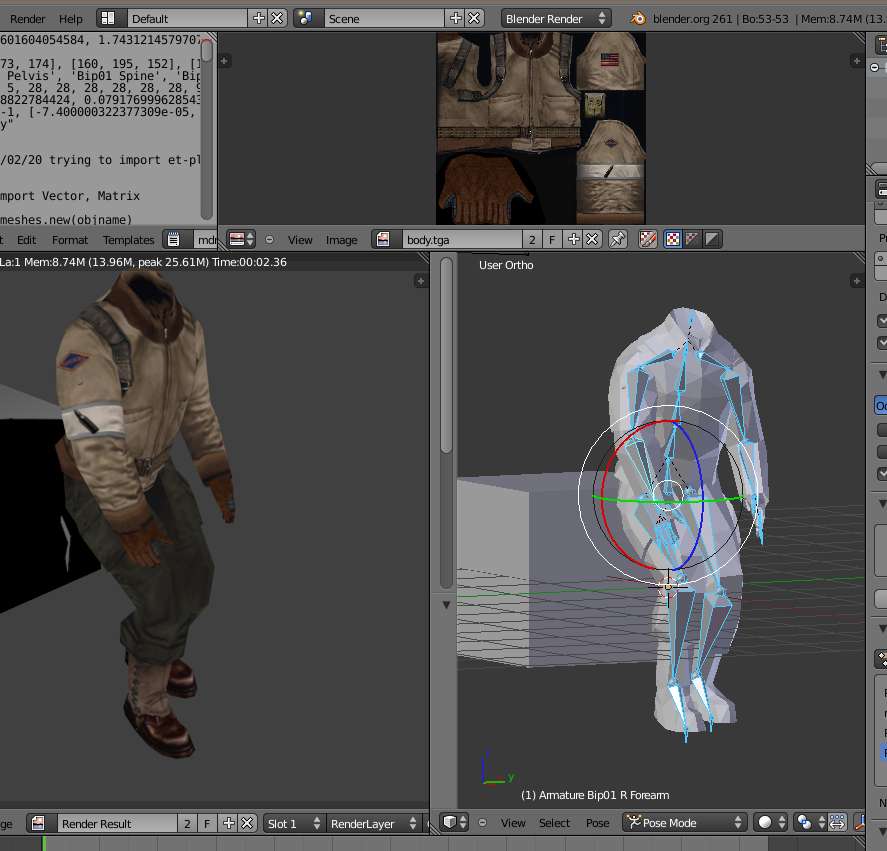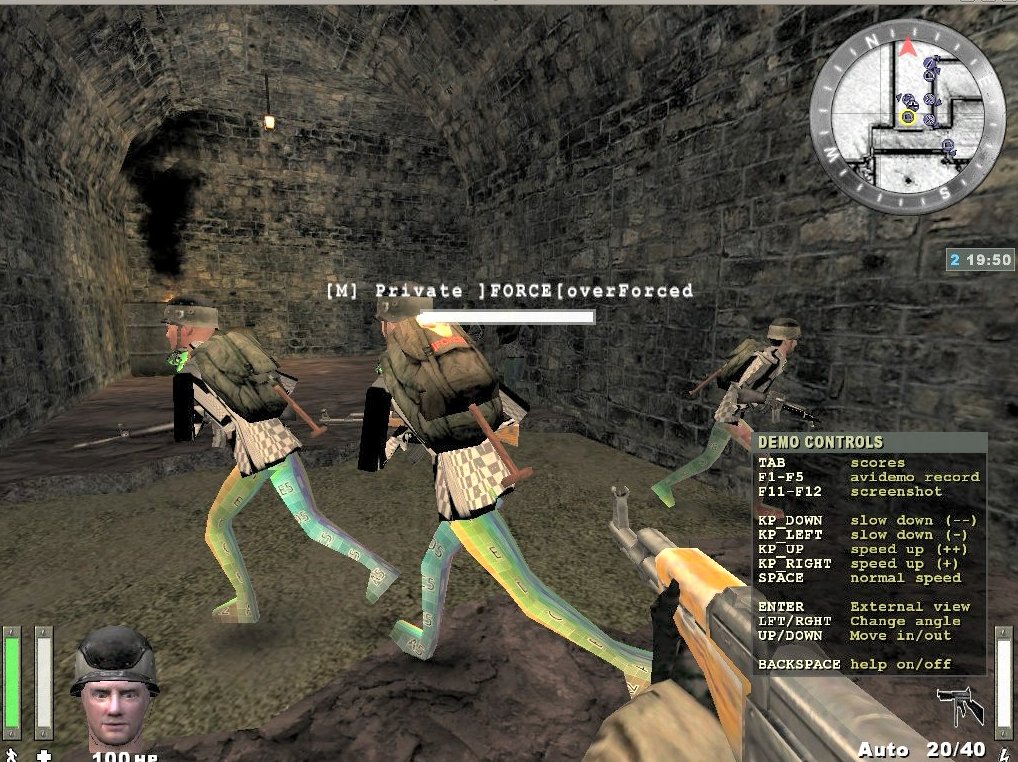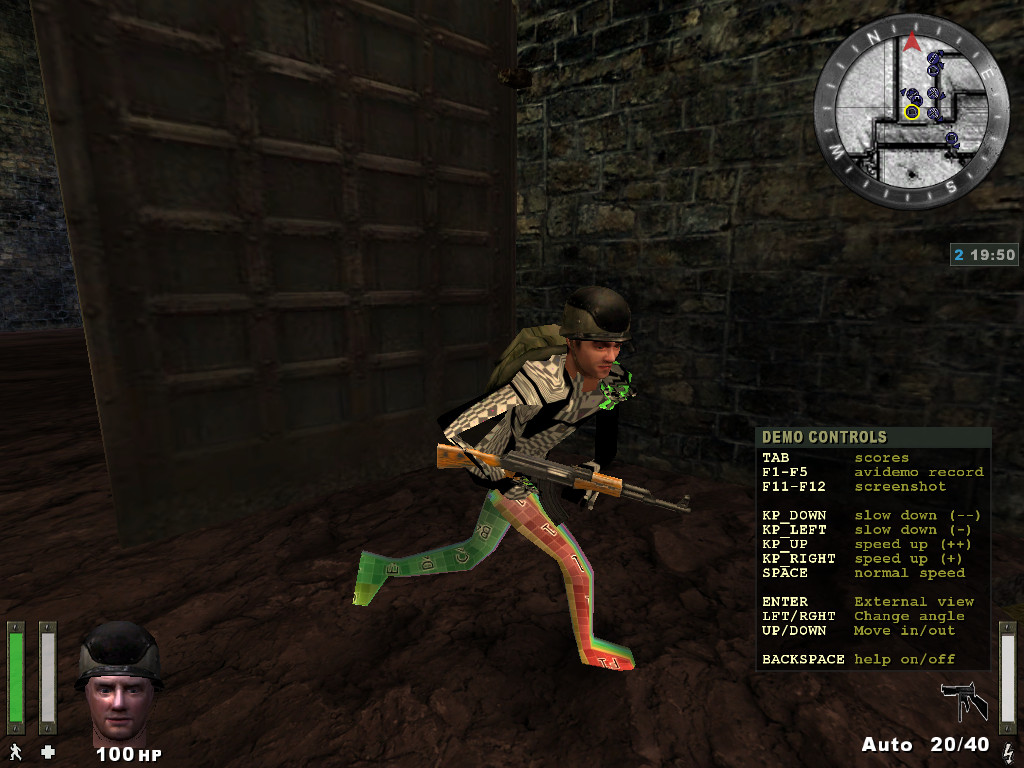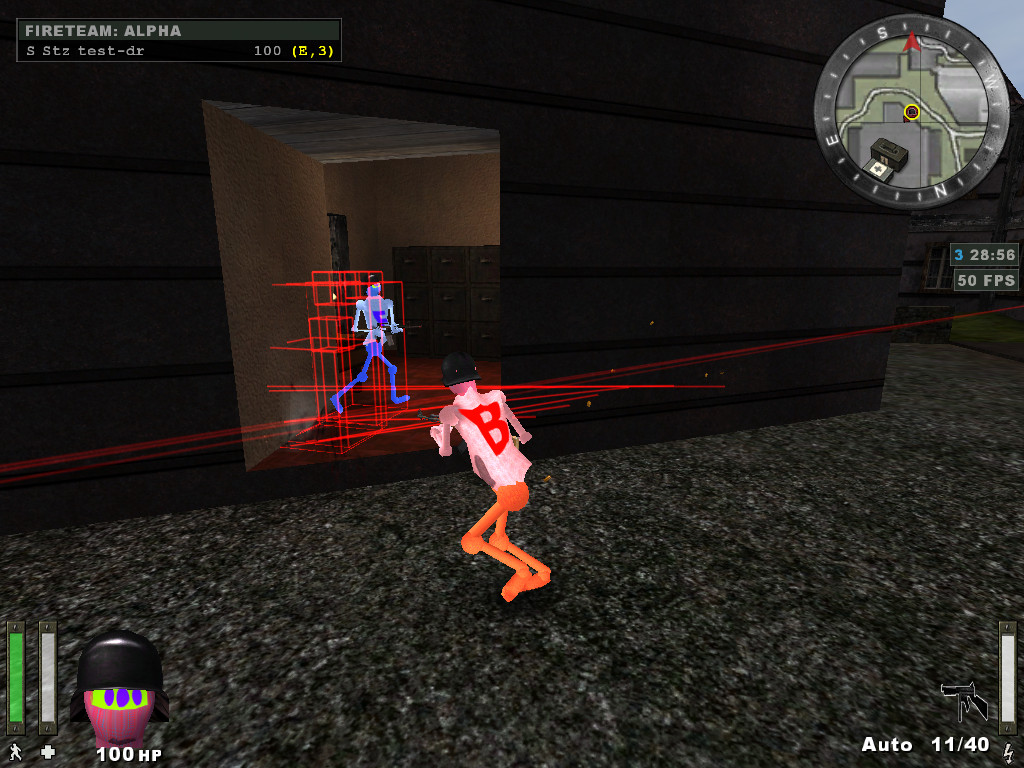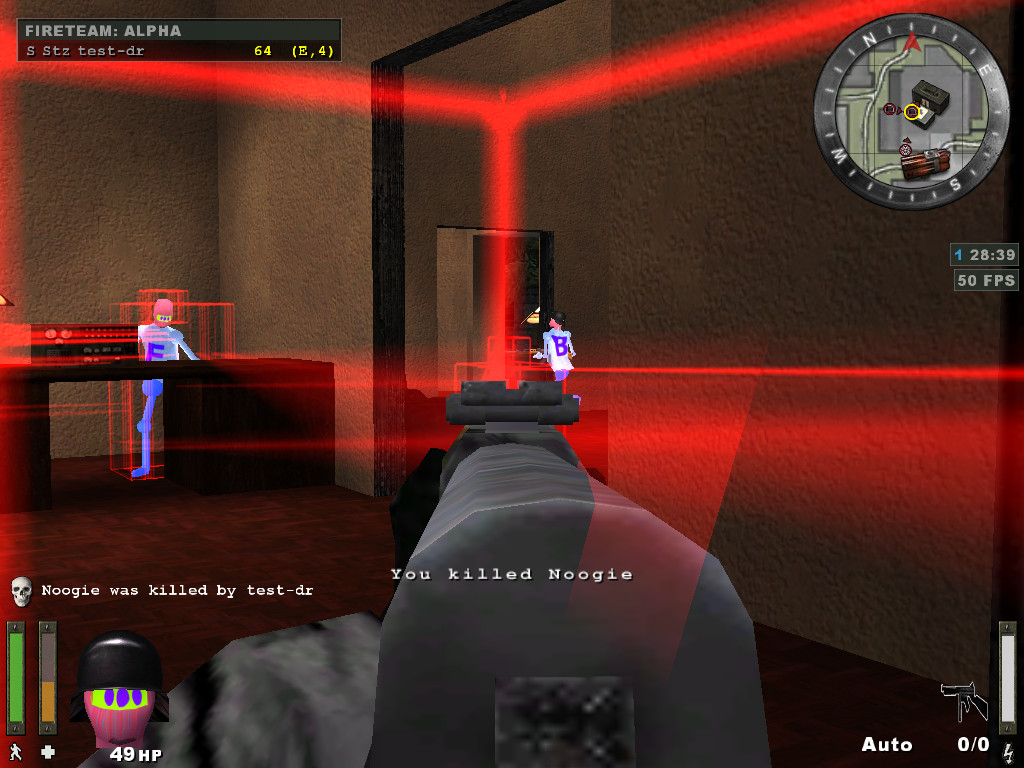one small example how i use the export-to-md3 tool
to automate the things.
# test-dr /april-2012 -- need to automate this, (--for blender2.61--)
# cause every time some selected manual settings are missing after changes
#
# !!URGENT!! because this uses objects from different layers
# !! all those layers have to be activated or the objects will not animated and
# the export runs with no animations
#
import bpy
import os.path
import io_export_md3
#create an object with its first settings to be used for export
#MD3set = io_export_md3.md3Settings("w1/t.md3", "tt", "tlog.log")
# and
# this simply saves the settings for the active selected objects to an md3-file
#io_export_md3.save_md3(MD3set)
# things a need to set are, first select the objects to be used,
# then adjust the frame-ranges and set
# savepath = output-filename
# name = internal-md3-name (used for what?)
# scale = scaling factor
md3_file_contents = {}
def create_md3file_entry(md3filename, scaling, startframe, endframe, offsetobject, objectlist):
md3_file_contents[md3filename] = [ scaling, startframe, endframe, offsetobject, objectlist ]
def process_md3file_entrys():
for md3filename in md3_file_contents: #loop through all keys
print("output to:", md3filename)
print(md3_file_contents[md3filename])
scaling, startframe, endframe, offsetobject, objectlist = md3_file_contents[md3filename]
for obj in bpy.context.selected_objects:
obj.select = False #set any selected objects to false (un-select)
for obj_name in objectlist: # now select the objects to be exported to md3
bpy.data.objects[obj_name].select = True
#if bpy.data.objects[offsetobject].type == "EMPTY":
if startframe > bpy.context.scene.frame_end: #then set first endframe
bpy.context.scene.frame_end = endframe
bpy.context.scene.frame_start = startframe
else: # its in the possible range to be set
bpy.context.scene.frame_start = startframe
bpy.context.scene.frame_end = endframe
bpy.context.scene.frame_set( startframe ) #set first frame
bpy.context.scene.update() # and update settings ... and then get the possible offset of another object
if offsetobject == "center":
offset = [0., 0., 0,]
else: # use the objects world-location
offset = bpy.data.objects[offsetobject].matrix_world.to_translation()
md3name = os.path.split(md3filename)[1] # get the last part of the output-md3-file
md3name = os.path.splitext(md3name)[0] # remove the extension and use this as default inside the new md3
MD3set = io_export_md3.md3Settings(md3filename, md3name, md3filename+".log")
MD3set.name = md3name
MD3set.savepath = md3filename
MD3set.scale = scaling
print("subtract offset:", offset) # for visible compare, ... before the scaling is set
MD3set.offsetx = -offset[0] * scaling
MD3set.offsety = -offset[1] * scaling
MD3set.offsetz = -offset[2] * scaling
if startframe == endframe: MD3set.oneframe = True
else: MD3set.oneframe = False
# do the export
io_export_md3.save_md3(MD3set)
del( MD3set ) # delete the class-object to start with an empty, fresh one
# outputfilename -scaling-factor - framerange -- offset-object(empty or mesh itself) or "center" for 0,0,0
# carefull and always needs checking, the offset object may be the wrong one,
# for the main-weapon-body in game set to tag_weapon its only tag_weapon if at center loc tag_weapon is too at center
# and naturally the mesh too
layers_status = []
frame_status = {}
frame_status["frame_start"] = bpy.context.scene.frame_start
frame_status["frame_end"] = bpy.context.scene.frame_end
frame_status["frame_current"] = bpy.context.scene.frame_current
for i in range(20):
layers_status.append( bpy.context.scene.layers[i] )
bpy.context.scene.layers[i] = True
create_md3file_entry("w1/w1_ak47_body.md3", 32, 1, 70, "center", [ "a_skeleton" ])
create_md3file_entry("w1/w1_ak47_animation.md3", 32, 1, 70, "center", ["tag_body", "tag_weapon", "tag_clip", "tag_barrel"])
create_md3file_entry("w1/w1_ak47_single.md3", 50., 90, 90, "center", ["ak47_skin1", "ak47_skin2", "ak47_clip_skin", "tag_brass", "tag_flash"])
create_md3file_entry("w1/w1_ak47.md3", 32., 90, 90, "center", ["ak47_skin1", "ak47_skin2", "tag_brass", "tag_flash"])
create_md3file_entry("w1/w1_ak47_clip.md3", 32., 90, 90, "tag_clip", ["ak47_clip_skin"])
#only one nade-type-object, is used for nade, smokenade, flashnade too
create_md3file_entry("w1/w1_nade1_single.md3", 50, 190, 190, "center", ["Nade_Ico"])
create_md3file_entry("w1/w1_nade1.md3", 32, 190, 190, "center", ["Nade_Ico"])
create_md3file_entry("w1/w1_nade_body.md3", 32, 100, 170, "center", [ "a_skeleton" ])
create_md3file_entry("w1/w1_nade_animation.md3", 32, 100, 170, "center", ["tag_body", "tag_weapon"])
# for the m4 i did adjust the clip-location and then its not tag_clip.
create_md3file_entry("w1/w1_m4_body.md3", 32, 300, 370, "center", [ "a_skeleton" ])
create_md3file_entry("w1/w1_m4_animation.md3", 32, 300, 370, "center", ["tag_body", "tag_weapon", "tag_clip", "tag_barrel"])
create_md3file_entry("w1/w1_m4_single.md3", 50., 390, 390, "tag_weapon", ["m4_skin", "m4_clip_skin", "tag_brass", "tag_flash"])
create_md3file_entry("w1/w1_m4.md3", 32., 390, 390, "tag_weapon", ["m4_skin", "tag_brass", "tag_flash"])
create_md3file_entry("w1/w1_m4_clip.md3", 32., 390, 390, "m4_clip", ["m4_clip_skin"])
create_md3file_entry("w1/w1_m16_body.md3", 32, 200, 270, "center", [ "a_skeleton" ])
create_md3file_entry("w1/w1_m16_animation.md3", 32, 200, 270, "center", ["tag_body", "tag_weapon", "tag_clip", "tag_barrel"])
create_md3file_entry("w1/w1_m16_single.md3", 50., 290, 290, "tag_weapon", ["m16_skin1", "m16_skin2", "m16_clip_skin", "tag_brass", "tag_flash"])
create_md3file_entry("w1/w1_m16.md3", 32., 290, 290, "tag_weapon", ["m16_skin1", "m16_skin2", "tag_brass", "tag_flash"])
create_md3file_entry("w1/w1_m16_clip.md3", 32., 290, 290, "tag_clip", ["m16_clip_skin"])
create_md3file_entry("w1/sm_shell.md3", 32, 0, 0, "center", ["shell"] )
# at frame 93 the flash is at center-position (parent-constraint influence = 0.)
create_md3file_entry("w1/w1_ak47_flash.md3", 32, 93, 93, "center", ["f_machinegun"])
process_md3file_entrys()
for i in range(20):
bpy.context.scene.layers[i] = layers_status[i]
bpy.context.scene.frame_start = frame_status["frame_start"]
bpy.context.scene.frame_end = frame_status["frame_end"]
bpy.context.scene.frame_start = frame_status["frame_start"]
bpy.context.scene.frame_set( frame_status["frame_current"] )
bpy.context.scene.update()
this is, because it happened often to me i had not all necessary layers selected
and/or did not set the correct scaling-factor and then ended with not-working md3-exports and some errors were only noticed if those models were seen in a game-run.
Like visible from the other videos in this thread, the models are only for my tests of the working coding, therefore those blend-files are not in the svn-repository.

